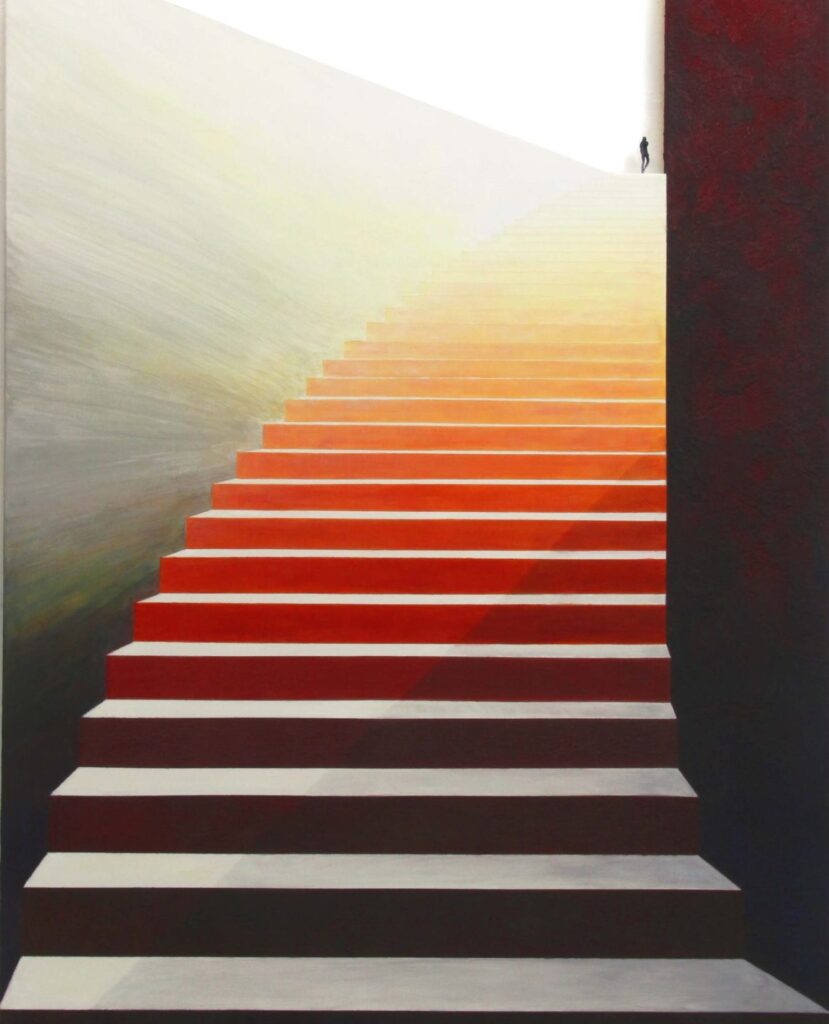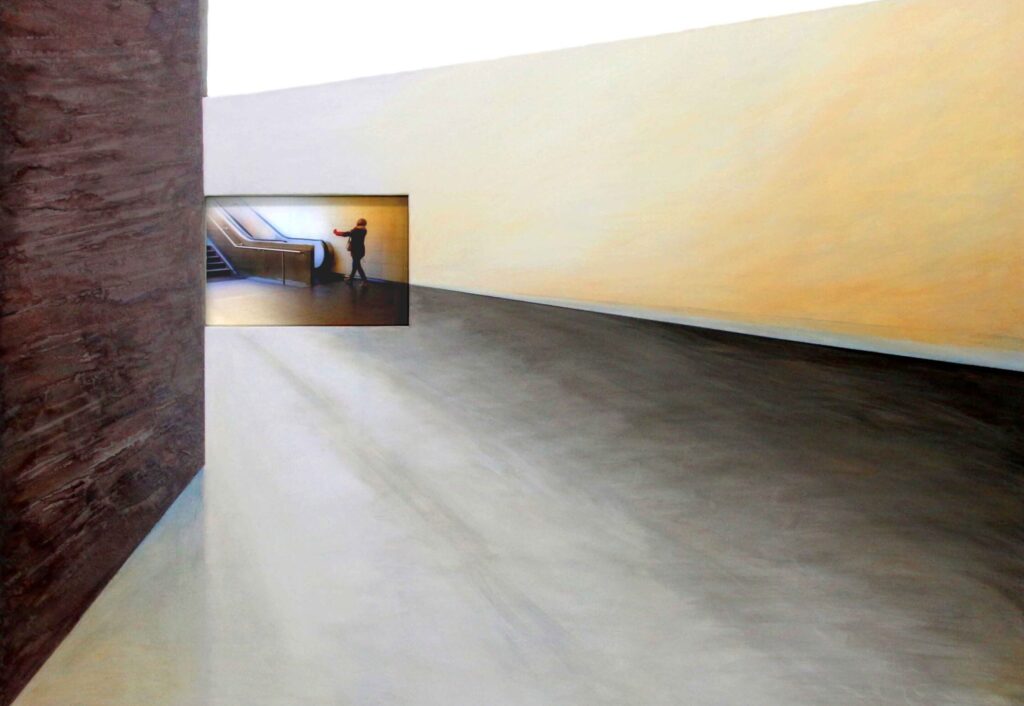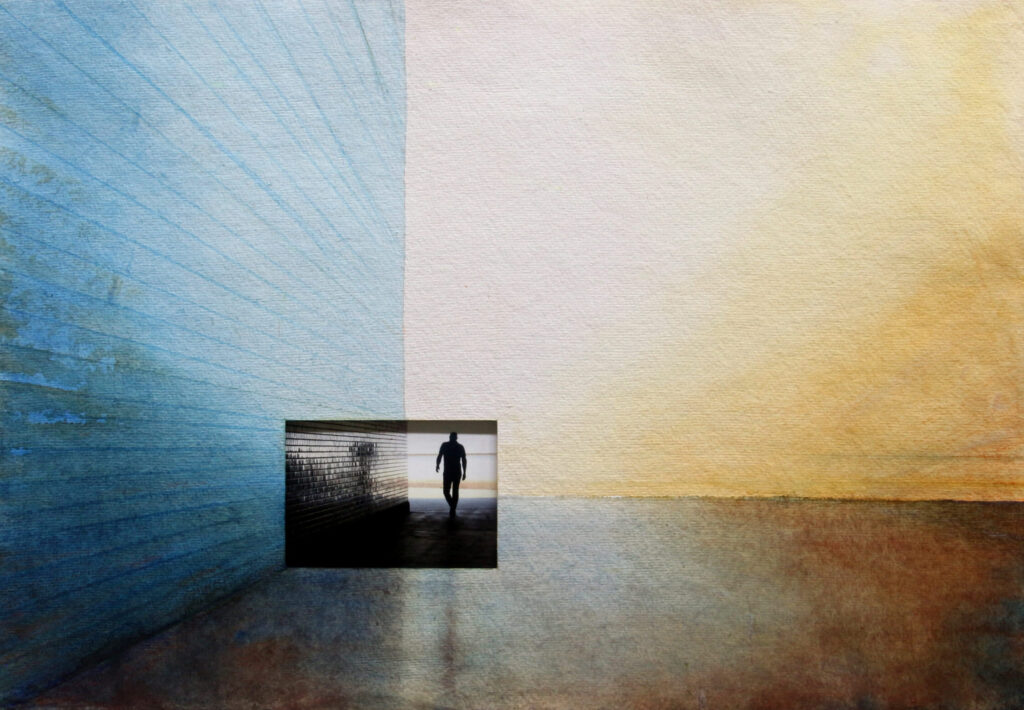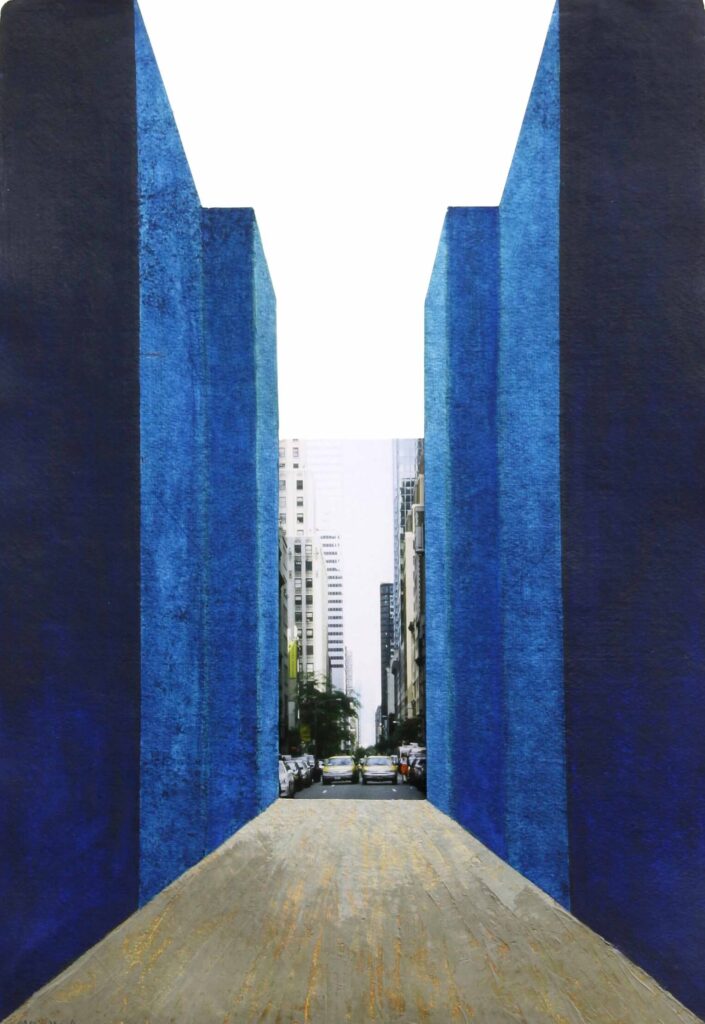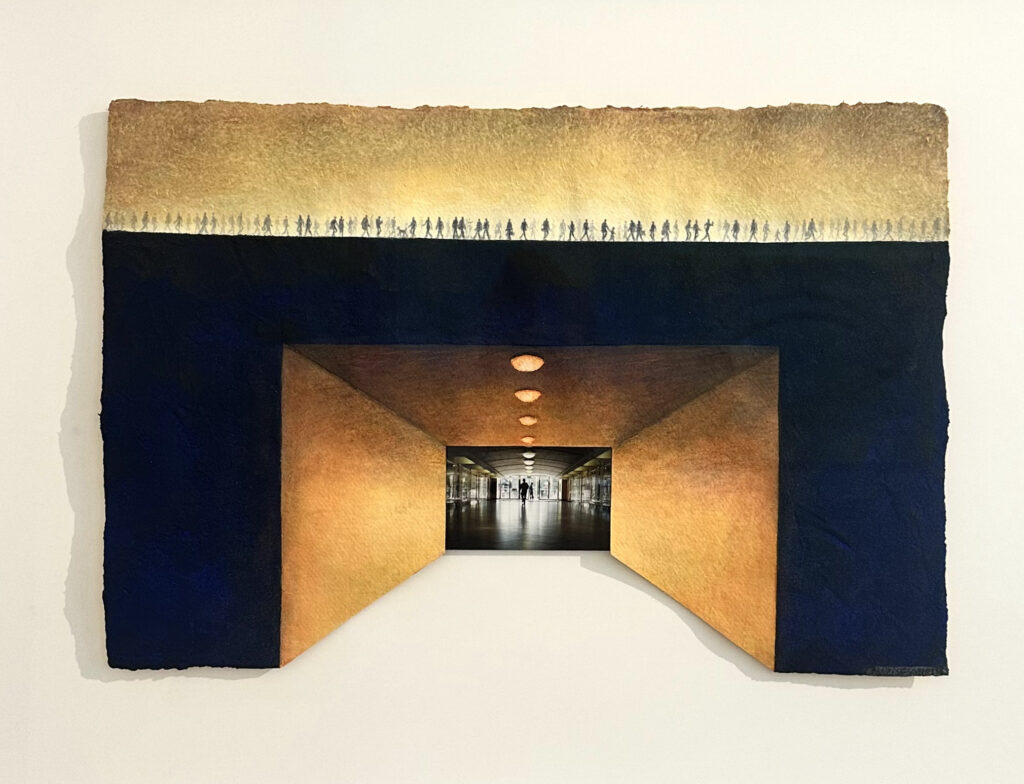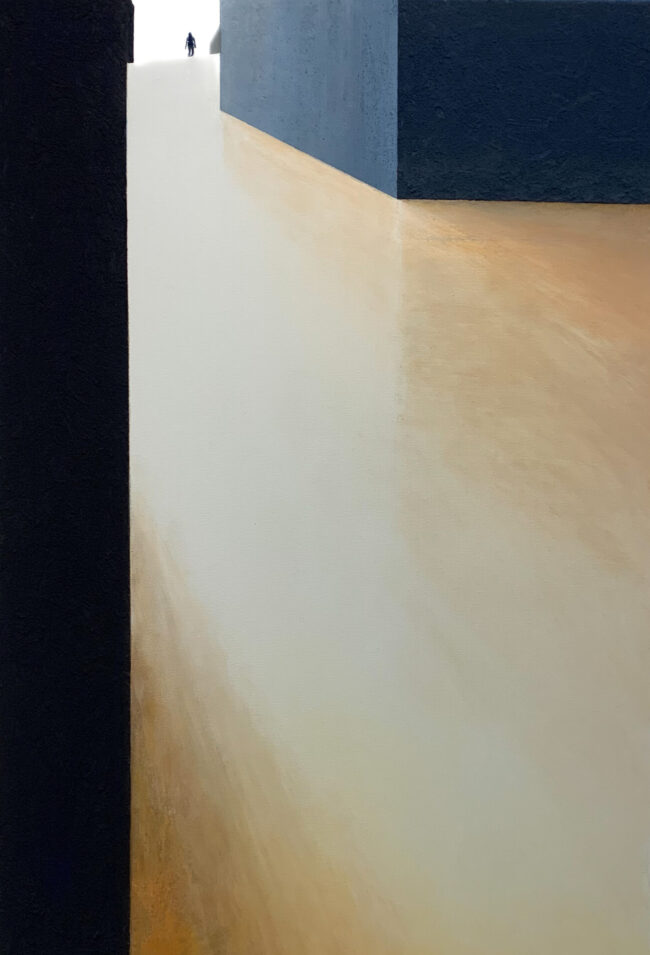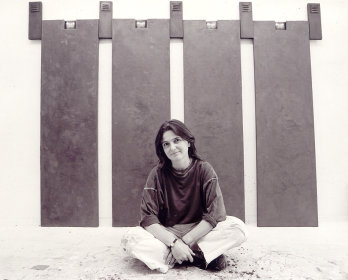Info
Selected works
Artists
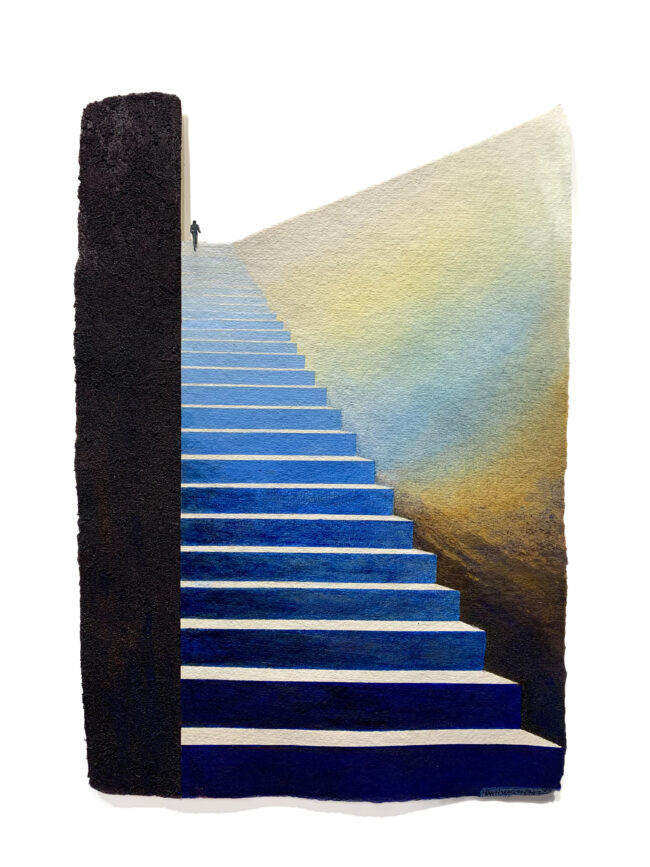
High Up
Franziska Schemel
Watercolor and sand on handmade paper
56 x 38 cm
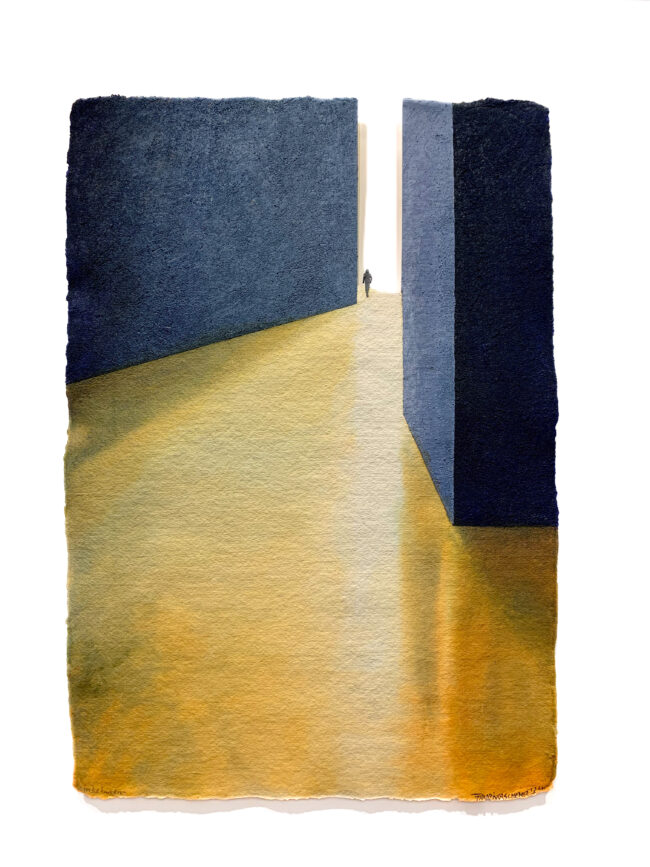
In Between
Franziska Schemel
Watercolor and sand on handmade paper
56 x 38 cm
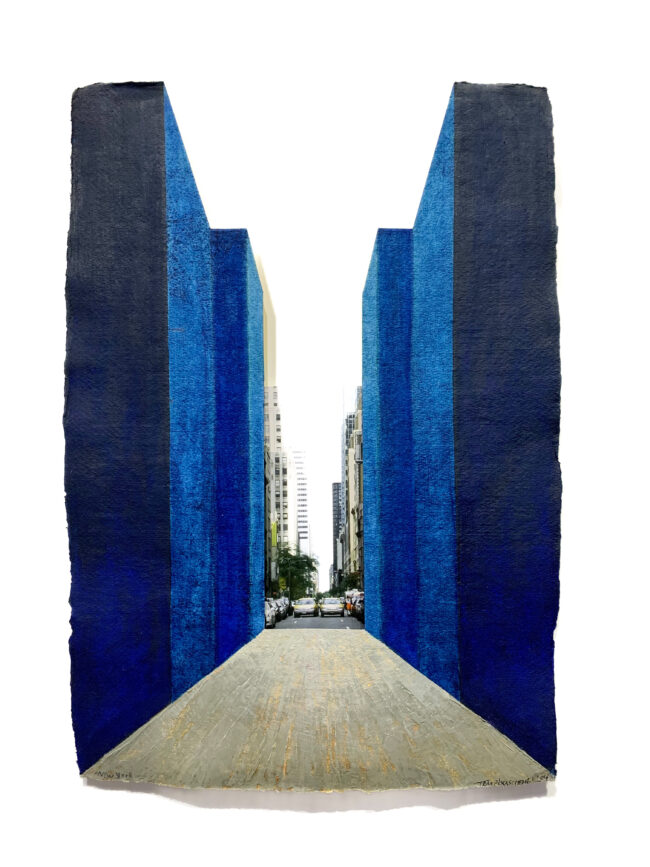
New York
Franziska Schemel
Watercolor on handmade paper with photography on Aludibond
56 x 38 cm
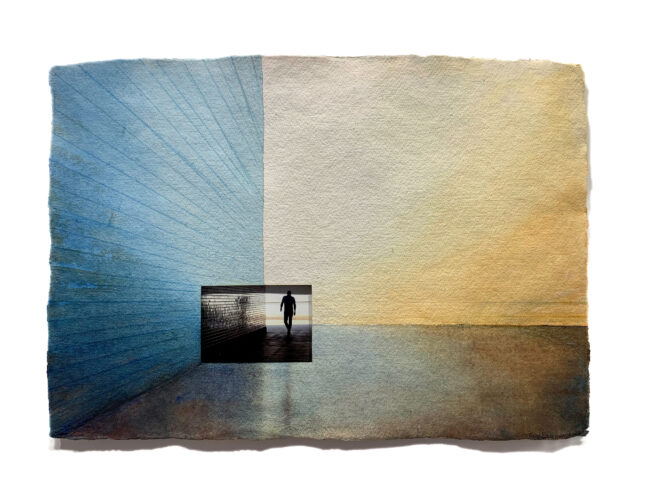
Shadows
Franziska Schemel
Watercolor and sand on handmade paper with photography on Aludibond
38 x 56 cm
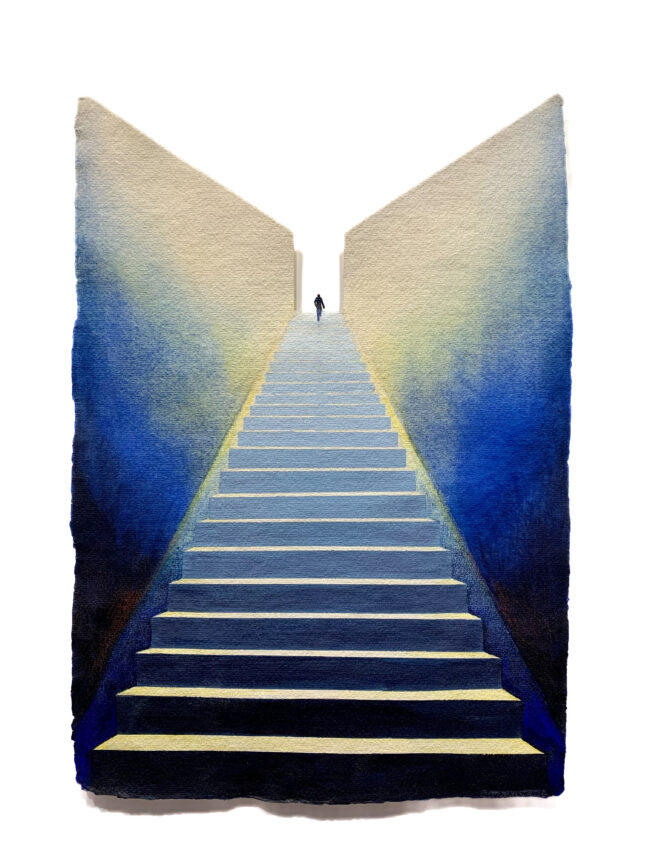
Endless
Franziska Schemel
Watercolor, acryl and sand on handmade paper
56 x 38 cm
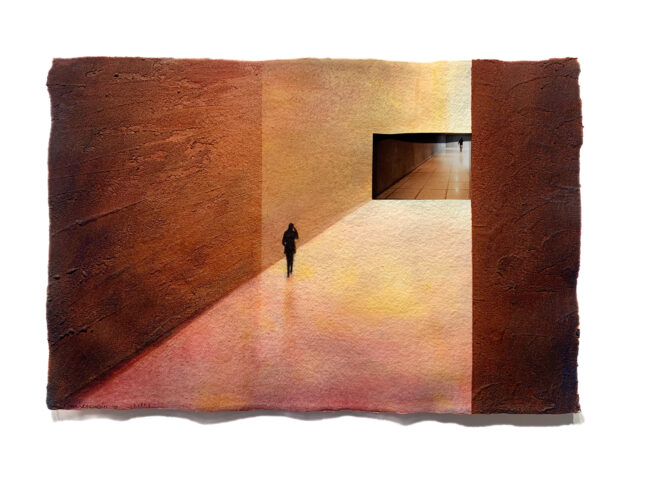
Hello ?
Franziska Schemel
Watercolor and sand on handmade paper with photography on Aludibond
38 x 56 cm
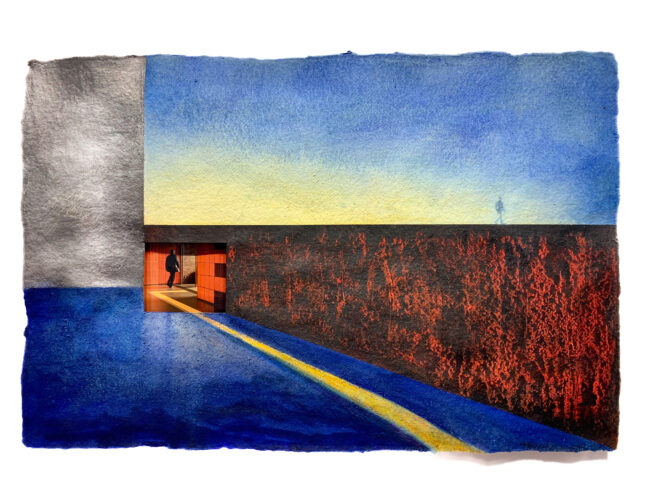
Somewhere
Franziska Schemel
Watercolor and sand on handmade paper with photography on Aludibond
38 x 56 cm
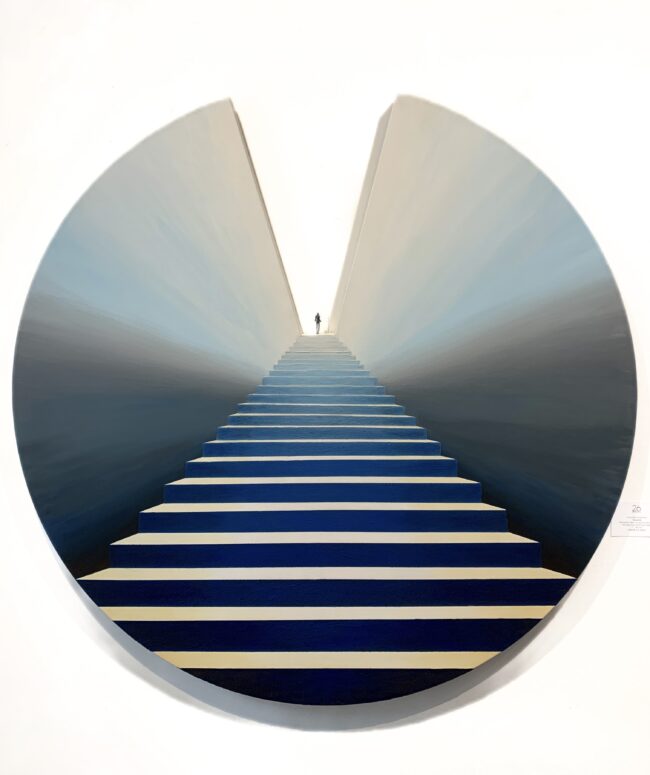
Upwards
Franziska Schemel
pigments, sand, acrylic on canvas with wire figure
D-130 cm
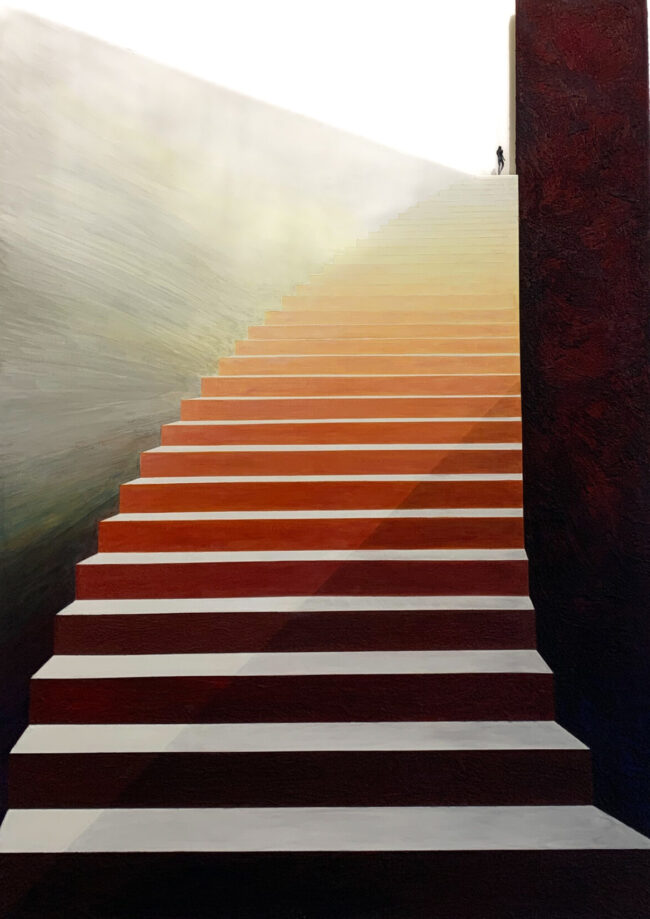
Into the Sun
Franziska Schemel
Pigments, sand, acrylic on canvas with wire figure
140 x 100 cm
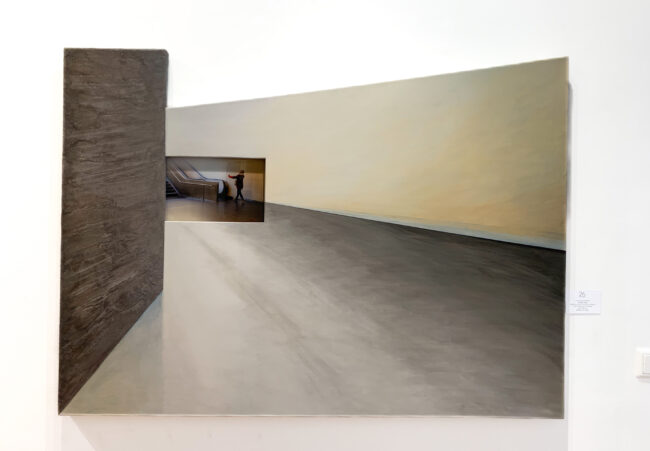
Coffee to Go
Franziska Schemel
pigments, sand, acrylic on canvas with photography in plexiglass
100 x 140 cm
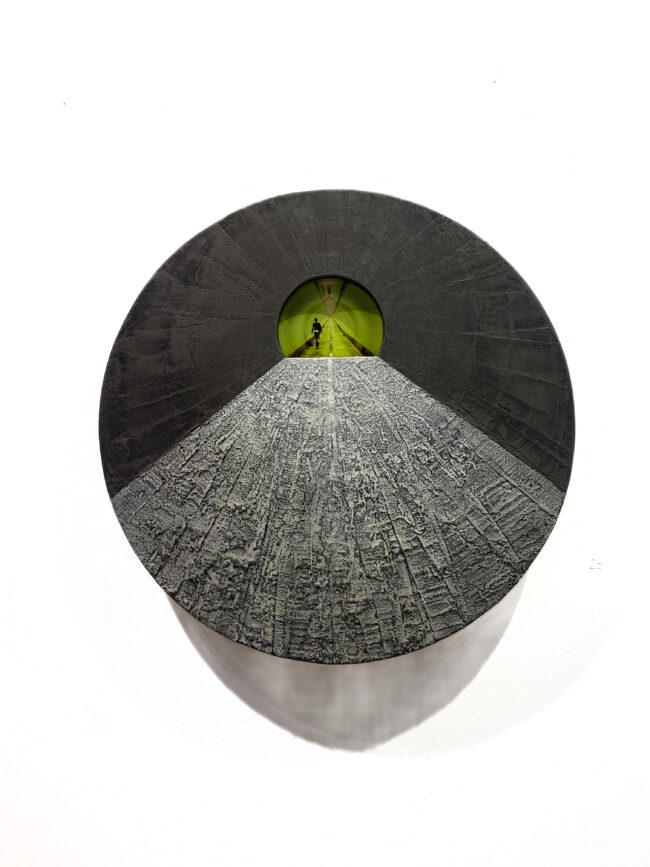
Inside
Franziska Schemel
Acrylic, pigments, sand, wood and photography in plexiglass
D-62 cm
